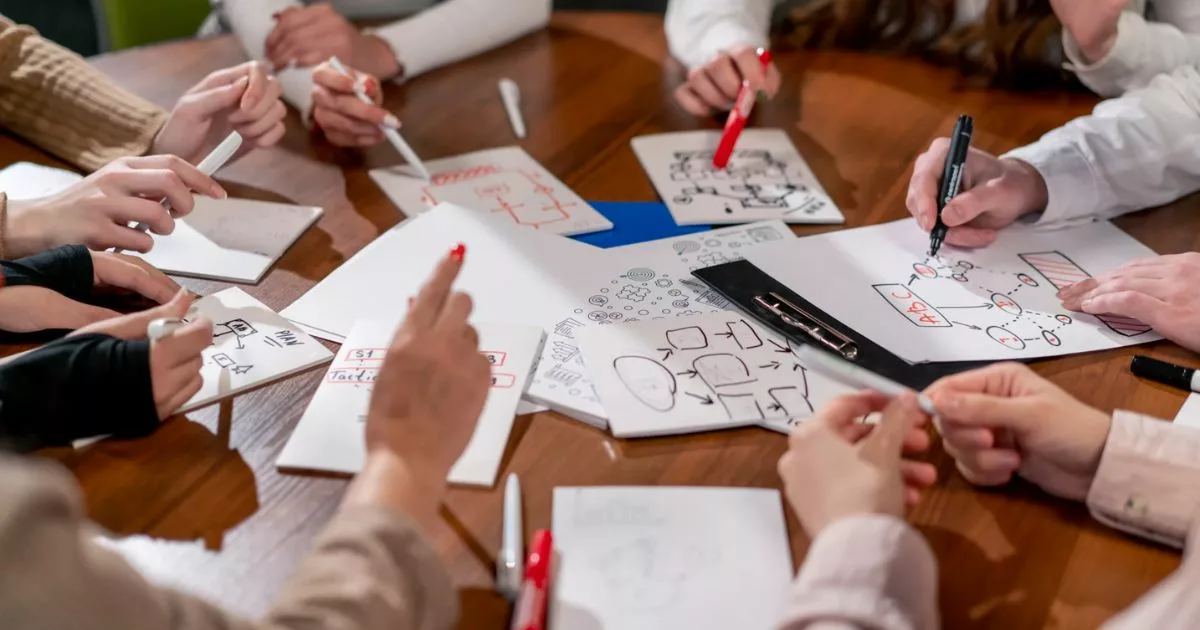In the dynamic realm of UX/UI design, the pursuit of perfection often becomes the ultimate goal. However, a paradigm shift is underway, one that champions the unconventional idea of embracing design flaws. This innovative approach promises to not only elevate user experience but also foster creativity and inclusivity in design.
Let’s explore how integrating imperfections into UX/UI design can lead to unexpectedly positive outcomes.
The Beauty in Imperfection
At first glance, the notion of integrating flaws into design might seem counterintuitive. Traditional design principles have taught us to strive for flawlessness which is never possible, where every element is meticulously crafted to perfection.
However, the essence of design lies in its ability to connect with users, and perfection often feels impersonal and unattainable. By embracing imperfections, designers can create more relatable and emotionally resonant experiences that truly speak to users.
Enhancing User Engagement through Relatability
One of the most persuasive arguments for welcoming design imperfections lies in their ability to boost user engagement. Flaws add a touch of humanity to digital interactions, steering them away from feeling overly mechanical.
Whether it’s a typo, casual language or slang, a bold and unexpected color palette, or an off-balance layout, these elements can capture attention and prompt deeper exploration.
Such “flaws” render the interface more inviting and less daunting, nurturing a stronger bond between the user and the product.
For instance, in my experience while refining an application’s user interface to simplify its flow—by minimizing distractions and maximizing the use of white space—we often encountered feedback that the application appeared too sterile.
This was informative feedback, suggesting that in our quest for simplicity, we had inadvertently stripped away elements that encouraged user progression and engagement.
This feedback underscored the fine line between a clean design and one that resonates on a human level, illustrating the importance of balancing technical cleanliness with elements that evoke warmth and approachability.
Fostering Creativity and Innovation
Consider the society we navigate today, particularly how we forge connections and build communities through social platforms.
Our interactions within these digital communities and the evolving norms of what we consider acceptable in social settings have significantly transformed.
This shift in societal engagement and the broadening of acceptable behaviors and expressions in digital spaces underscore the relevance of integrating imperfections into design.
By mirroring the complexities and nuances of real-world interactions, we can create digital experiences that feel more authentic and inclusive.
These imperfections—whether in the form of unconventional design choices or the deliberate inclusion of elements that reflect the messiness of human interaction—serve to bridge the gap between digital interfaces and the rich, varied nature of human community building.
This perspective not only challenges designers to rethink the aesthetics and functionality of digital spaces but also to consider how these spaces can more accurately mirror the evolving dynamics of societal interactions and community engagement.
Building Empathy through Design
Our inherent imperfections are what make us uniquely human. Embracing these imperfections within UX/UI design emerges as a potent method for fostering empathy.
By designing with an understanding of the imperfect ways we interact with technology, we pave the way for more inclusive and accessible digital experiences. This approach emphasizes elements that unite us, celebrating our shared human experience rather than highlighting our differences.
Our flaws, in essence, enrich our lives, serving as the unexpected foundations for some of the most indispensable innovations in history—penicillin, chocolate chip cookies, potato chips, and even the pacemaker all originated from serendipitous mistakes.
By adopting this mindset, designers can cater to a wide spectrum of users, including those with disabilities, crafting experiences that are not only functional but deeply empathetic and welcoming to everyone.
Learning from Mistakes
Ultimately, accepting design flaws opens up priceless opportunities for learning. Each imperfection sheds light on user behavior and preferences, serving as a guide for ongoing refinement.
By observing how users navigate these flaws, designers can collect valuable insights that shape subsequent design choices. What proves ineffective in one context may thrive in another, highlighting the importance of context and adaptability.
This cyclical process of evaluation and adaptation ensures that designs progressively resonate more closely with user desires and expectations, fostering an environment of constant evolution and enhancement.
The embrace of design flaws in UX/UI marks a bold departure from traditional design philosophies.
By valuing imperfection, designers can create more engaging, creative, and empathetic digital experiences. This approach not only challenges designers to rethink their strategies but also promises to enrich the user experience in profound ways.
As we continue to explore the potential of imperfect design, we open ourselves to a world of innovation and connection that was once unimaginable.
Let’s celebrate the flaws, for they are the stepping stones to designing a more inclusive, relatable, and human-centered digital world.






